Information
No Sidebar
This template supports the unlimited sidebar's widgets.For adding widgets to Portfolio sidebar Click Here

This study is intended to investigate the flooding problems of Sabir Branch Protective drain, where every year floods flowing from Albutana plateau threatens New Halfa Irrigation Scheme and also inundate villages near the Protective Drain. The methodology that has been applied in this study was divided into four stages:
First stage was Diagnosing of the problem, where a multidisciplinary team from HRC, Irrigation Operations, Design division and water harvesting directorate of the Dams Implementation Unit (DIU) of the MoIWRE were assembled and visited the drain site to observe and identify the causes of the problem, which includes identification of
sources of the floods, condition of the drain x-section, human interventions (if any) and also hydraulic and structural condition of crossing bridges along the drain.
Second stage was the topographical survey, where 38 x-sections have been surveyed using automatic levels and GPS, then plotted to be compared with the designed x-sections, also a longitudinal profile has been plotted to study any changes in the longitudinal slope profile.
The third stage was the hydrological study, where a rainfall analysis was conducted using the historical rainfall records of El Gedaref and New Halfa stations to estimate the maximum annual precipitation at specified return period, then an average value from both stations have been used as an input to the hydrological model (HEC-HMS). Other parameters for the model have been derived from DEM, Soil and land use data using GIS. The peak flow have been estimated from the model and validated against the hydraulic analysis of the high water mark in the last reach of the drain. Finally the peak discharge have been estimated in four points along the drain which ranges from 127 (m3/s) and up to 218 (m3/s) at the last reach.
The last stage was design of options, where all the above information have been used to suggest the following recommendations:
• As the study reveals that the existing drain x-section is not enough to pass the estimated peak discharge, it could pass only 20% of the estimated peak discharge. Increasing the bed width of the drain more than 14 m is not recommended due to the huge amount of excavation needed. Also the limited span of the bridges is another
constrain.
• Existing bridges x-sections are very small for the estimated discharge, therefore a box culvert with 3 openings (2×2) is recommended in each bridge. This necessitate an approach embankment to be extended up to the entrance of the village to act as an access road.
• Extending the drain by 6 km towards the north to divert flood water away from the scheme.
• Strengthen the drain protective embankments to avoid any damage that might threaten the scheme.
• Implementing water harvesting structures starting from the upper catchment to reduce the amount of floods and benefit from the harvested water in agriculture and water supply, and these structures can be in a form of contour bunds, check dams or water spreading dams, and also Hafirs for humans and cattle. The study suggested several locations for the water spreading dams.
10. Velocity Pattern at the Vicinity of Sennar & Wad Medani Domestic Water Supply In-takes -Blue Nile
River (Abu Obieda B. Ahmed, Rami Kawas & Amgad A. Khalifa) It is evident that fluctuations in velocity (flow pattern) initiates either erosion or sedimentation problem, according to energy balance theorem. Therefore, investigation and mapping of flow pattern at the vicinity of water intakes is essential at all stages of establishing and commissioning a water supply pumping unit.
This study has been carried-out upon the agreement between the Hydraulics Research Center (HRC) as an specialized institute in morphological studies, and Hi-Que Company limited, as executing company of five large domestic water supply plants in Sudan; Namely: Sennar, Wad Medani, Um Magat, Soba and Shendi. The
main objective of the study is to map the flow pattern at the vicinity of Sennar and Wad Medani domestic water supply in-takes, which are now under construction.
Velocity measurements were carried-out at the above mentioned locations during the period 17 – 18 September 2017. Acoustic Doppler Current Profiler (ADCP), Echo-sounder and Global Positioning System (GPS) mounted on a rubber boat, were used to facilitate the estimation of velocity (magnitude and direction).
Measurements were taken at five and eight x-sections within the vicinity of Sennar and Wad Medani pumping locations, respectively.
Velocity profiles were made covering an approximated distance of 100 meters along the coast and 100 meters inside the river.
Mapping of the estimated velocity reveals that the velocity magnitude varies from 1.6 to 2.4 m/s at Sennar with a maximum values near the pumping location (left bank), and 1.1 to 2.3 m/s at Wad Medani with a minimum values near the pumping location.
See Poster
Related Projects
-
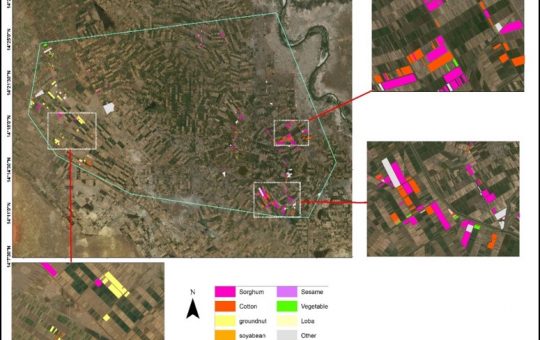
Water Productivity
This project was one of the outcomes of the strategic partnership-setting meeting between the Minister of Irrigation and Water Resources (MoIWR) and the Food and Agricultural Organization (FAO) Sudan...
-
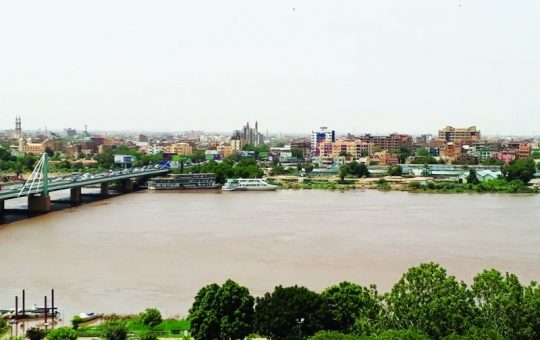
أثر مياه النيل على العلاقات السودانية المصرية ما بعد سد النهضة
تناولت الدراسة بشيء من التفصيل والتحليل أثر مياه النيل علي علاقات السودان ومصر ما بعد قيام سد النهضة الأثيوبي، وكان ذلك في أربع فصول يحوي كل عدة فصل محاور....
-
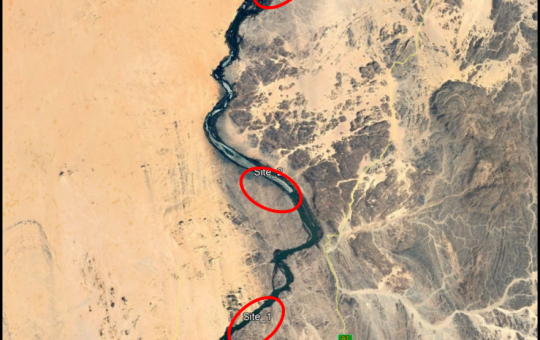
Selection of the Nile gauging site upstream High Aswan Dam
As per a request from the Permanent Joint Technical Commission for Nile Water (PJTC), The Hydraulics Research Center (HRC) conducted a study to investigate a suitable location of a...
-
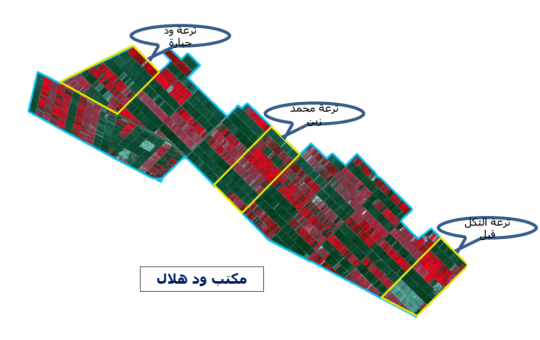
Mapping of Cropped Areas in Gezira Irrigation Scheme Using Remote Sensing and GIS techniques
Irrigation schemes in Sudan face many challenges. One of these challenges is to determine the actual cultivated area for the crops, in particular for large schemes such as Gezira...
-
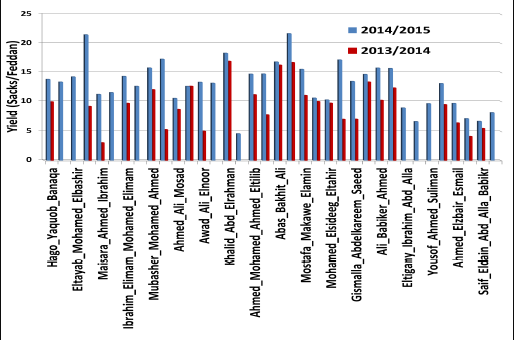
Satellite Based Information and Communication Technology (ICT) for Improved Crop Production in the Gezira Scheme
Water scarcity and food security are key concerns for the growing population in the arid and semi‐arid zones. Water is becoming an increasingly scarce resource for agriculture and other...
